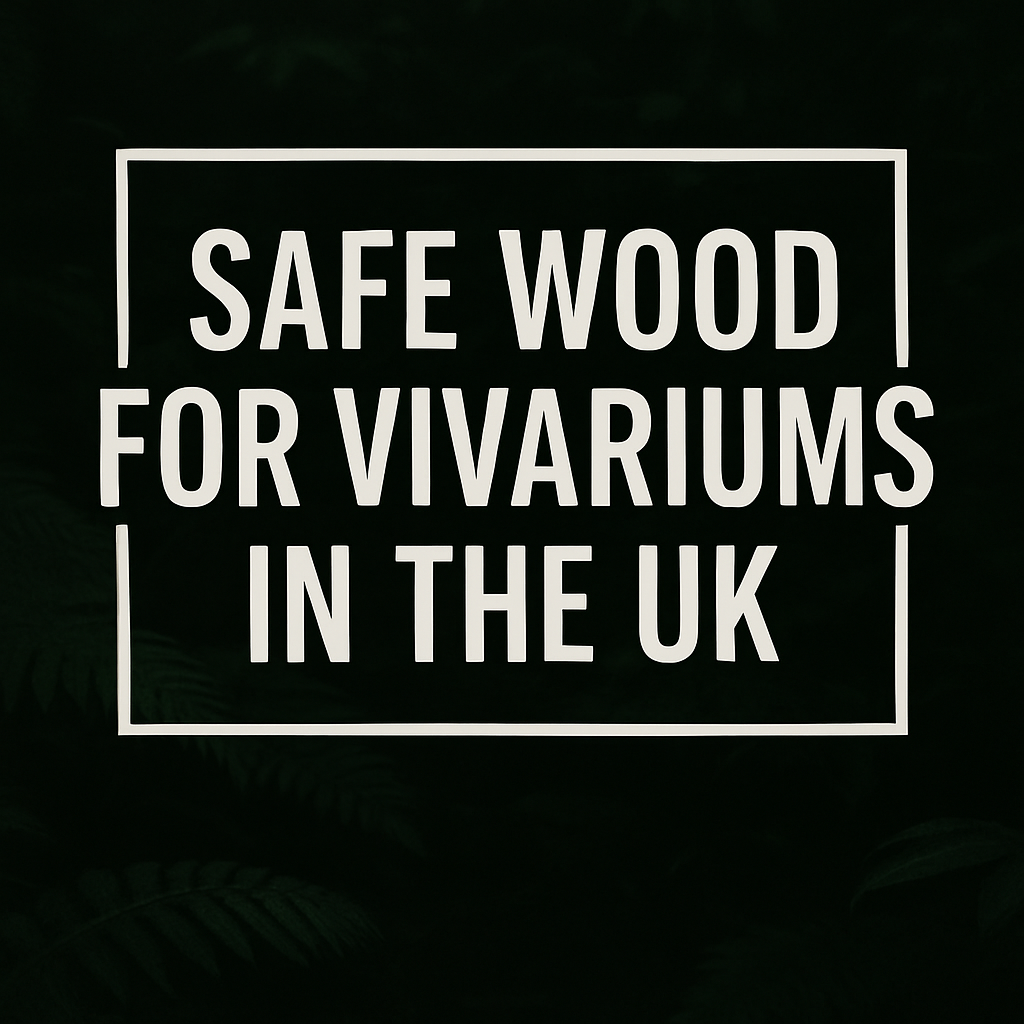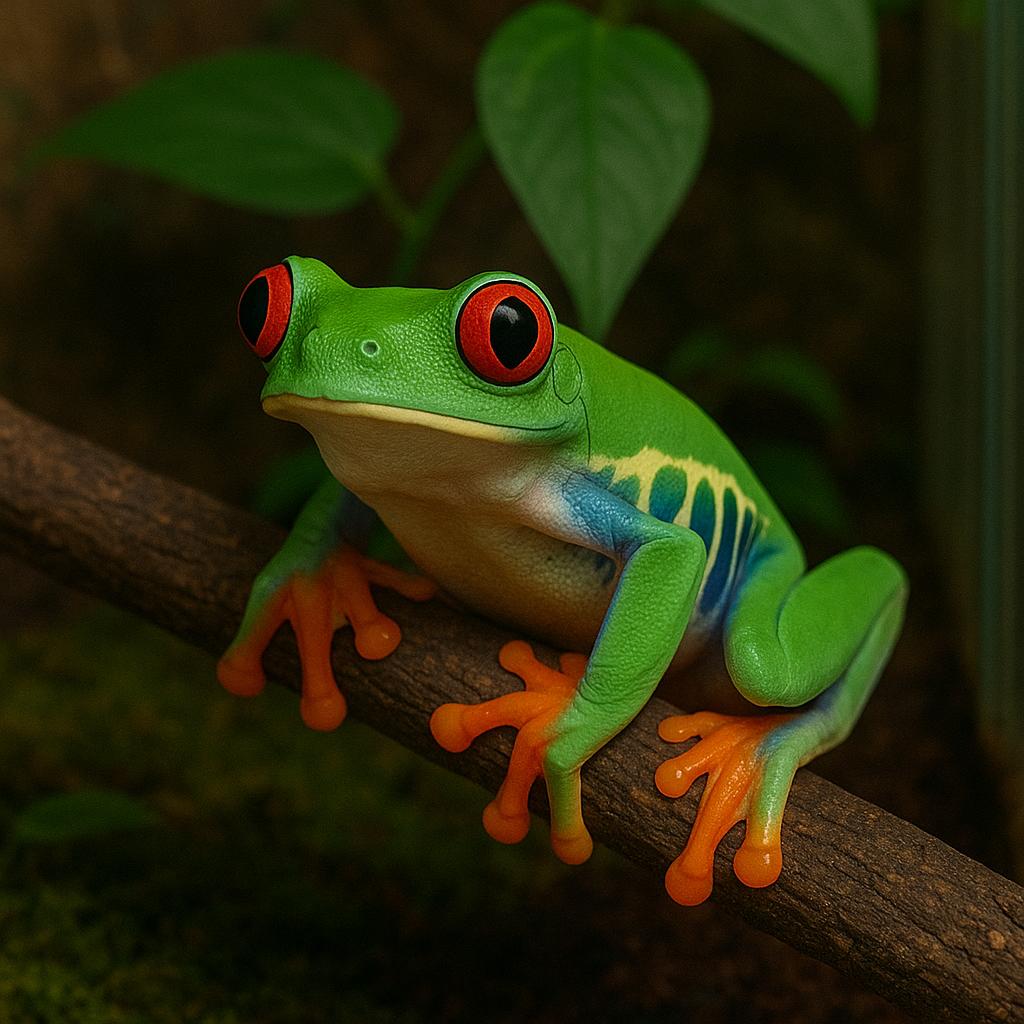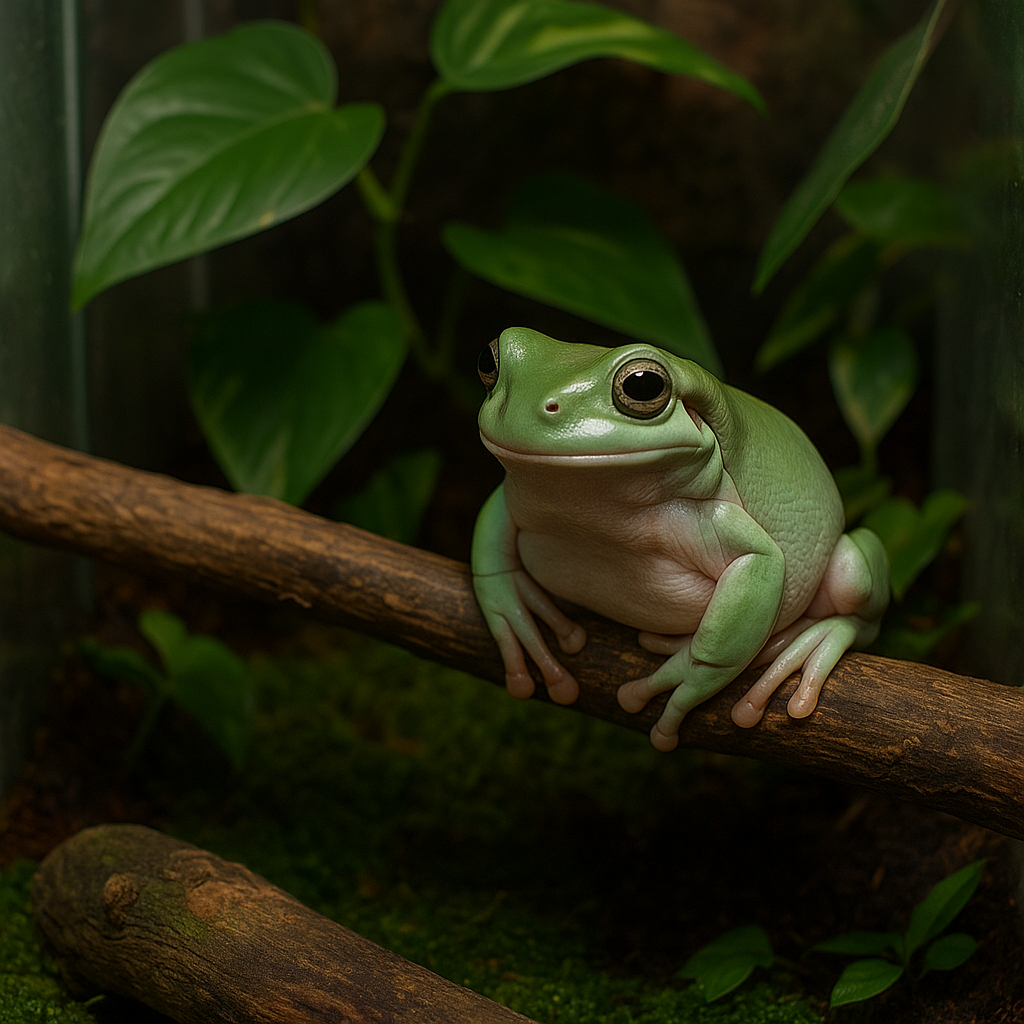When setting up a naturalistic terrarium or vivarium, wood isn’t just decoration – it forms the backbone of your habitat. Branches, roots, and logs add structure, create hides, provide climbing opportunities, and help establish a realistic, bioactive environment. But not all wood is safe for use with amphibians, reptiles, or invertebrates. Choosing the wrong type can introduce toxins, decay too quickly, or even harm the delicate balance of your bioactive setup.
This guide explains which types of wood collected in the UK are terrarium-safe, which to avoid, and why oak heartwood is one of the best and most reliable choices. If you’re building your first setup, you might also want to explore our range of bioactive vivariums and enclosures to get started.
Why the Type of Wood Matters
- Safety for animals – Some trees produce resins, saps, or toxins that may leach into your enclosure, especially in humid conditions.
- Longevity – Fresh, sappy wood decomposes rapidly in a warm, damp vivarium. Hardwoods with dense grain last much longer.
- Bioactivity – Wood serves as both shelter and a food source for microfauna like isopods and springtails. Choosing the right kind ensures a stable ecosystem. You can seed your setup with a culture from our springtail collection risers for best results.
Evergreen Woods – Why They Should Be Avoided
Evergreen trees such as pine, spruce, fir, and cedar are very common in UK woodlands. While they might look attractive, these woods are unsuitable for vivarium use. The reason is that evergreens contain toxic resins and aromatic oils which can leach out when exposed to moisture. These substances can harm amphibians and invertebrates, both of which are highly sensitive to environmental toxins.
Rule of thumb: if it’s a conifer or has a sticky sap when cut, don’t use it in your terrarium.
Collecting Dead vs. Fresh Wood
One of the biggest mistakes new keepers make is collecting freshly cut or green wood. Fresh wood:
- Still contains sap and moisture, which speeds up rot.
- Is more likely to develop moulds that overwhelm your bioactive system.
- Breaks down much faster in warm, humid conditions.
Instead, focus on dry, seasoned dead wood. Fallen branches that have already lost their bark and hardened are much safer and longer lasting. If in doubt, pick wood that feels lightweight, solid, and dry all the way through. Once collected, you can position it in one of our 3D-printed vivariums designed for humid, bioactive use.
Bark – Remove It Before Use
While bark looks natural, it can cause problems in a vivarium. Bark tends to:
- Trap moisture against the wood, encouraging rot.
- Hide pests or fungi.
- Flake off and clog drainage layers.
For this reason, it’s best to strip bark before placing wood in your terrarium. This also exposes the natural grain, which looks great in a planted setup alongside vivarium plants.
Safe UK Woods for Vivariums
Here are the most common safe hardwoods you can collect and use:
| Tree (Common) | Latin Name | Best Part to Use | Remove Bark? | Why It’s Good | Notes |
|---|---|---|---|---|---|
| Oak (Heartwood) | Quercus robur, Q. petraea | Seasoned dead heartwood | Yes | Extremely durable; slow to decompose; vivarium-safe | Top pick for bioactive builds |
| Beech | Fagus sylvatica | Seasoned dead wood | Yes | Stable hardwood; smooth grain | Readily available in UK woodlands |
| Ash | Fraxinus excelsior | Seasoned dead wood | Yes | Light but durable; ages nicely | Ensure well-dried, bark off |
| Sycamore | Acer pseudoplatanus | Seasoned dead wood | Yes | Common, safe hardwood | Check it’s fully seasoned |
| Hazel | Corylus avellana | Seasoned dead branches | Yes | Good for small structures | Remove pithy cores if soft |
| Bogwood (Aquatic trade) | — | Prepared bogwood pieces | N/A | Highly rot-resistant in humidity | Buy from aquarium stores |
Oak Heartwood – The Gold Standard
If you’re looking for the best wood for a UK terrarium or vivarium, oak heartwood is hard to beat.
- Dense & durable – Oak heartwood is resistant to decay and will last for years even in humid enclosures.
- Readily available – Fallen oak is common across the UK.
- Bioactive friendly – While it breaks down slowly, microfauna can still graze on its surface.
Many experienced keepers consider oak heartwood the number one choice for dart frog and isopod vivariums. Pair it with one of our isopod cultures to create the perfect long-lasting microhabitat.
Bogwood – Another Reliable Option
If you don’t have access to oak or want something pre-prepared, bogwood (sold in most aquatic shops) is another excellent option. Originally collected from ancient peat bogs, this wood has been naturally preserved over centuries.
- Extremely durable – It resists rotting even in constantly wet environments.
- Safe for amphibians – Widely used in aquariums, so safe in vivariums too.
- Attractive appearance – Its twisted, gnarled look adds character to enclosures.
The only downside is cost, but for long-term setups, bogwood is worth the investment – especially in planted bioactive tanks.
Preparing Wood Before Use
Even safe wood needs preparation before going into a vivarium:
- Clean thoroughly – Scrub with a stiff brush to remove dirt, moss, or lichens.
- Bake or boil – Heat-treating kills hidden pests, mould spores, and bacteria. For large pieces, pouring boiling water over them repeatedly works well.
- Dry completely – Let the wood air-dry before placing it in your setup.
Final Thoughts
Choosing the right wood is crucial to building a safe, stable, and naturalistic vivarium. In the UK, your best options are hardwoods like oak, beech, ash, sycamore, and hazel, with oak heartwood standing out as the strongest, safest, and most long-lasting choice. For guaranteed durability, bogwood from aquarium suppliers is another excellent option.
Avoid evergreens and fresh-cut branches, strip bark before use, and always clean and prepare wood properly. With the right pieces, your vivarium will not only look natural but also thrive for years to come. Explore our full range of vivariums, plants, and isopods to build the ultimate bioactive setup.
SEO Tags: terrarium safe wood UK, vivarium wood UK, oak heartwood vivarium, bogwood terrarium safe, bioactive terrarium wood, oak beech ash sycamore hazel vivarium safe, avoid evergreen terrarium



